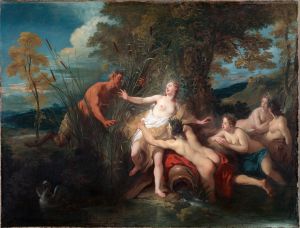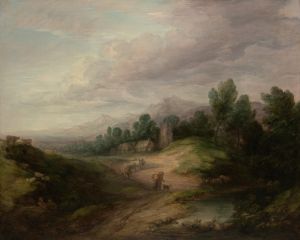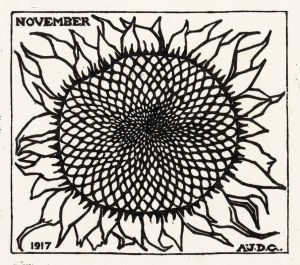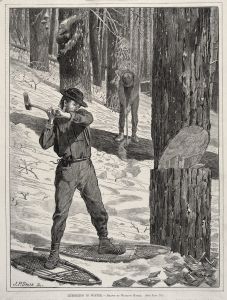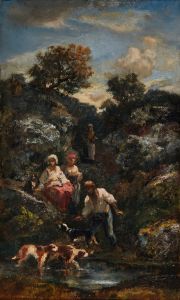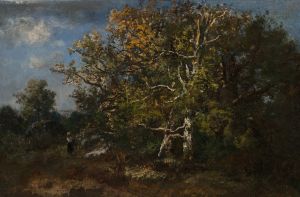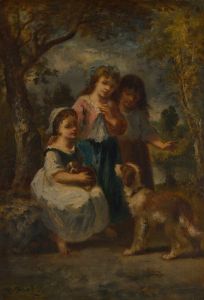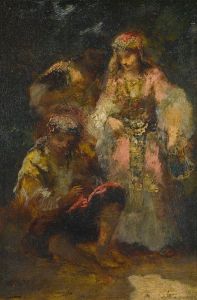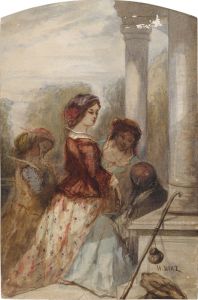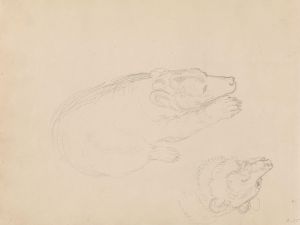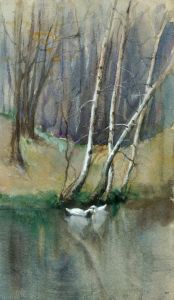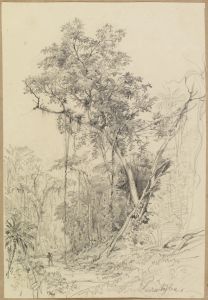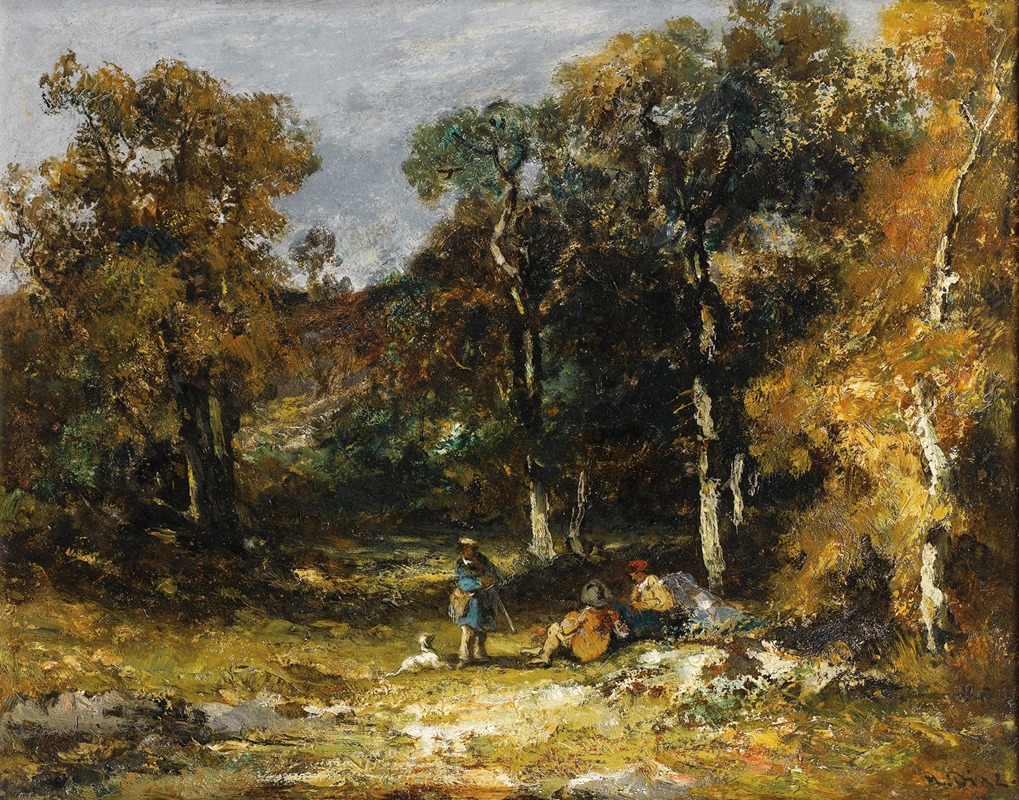
Chasseurs dans un sous bois
A hand-painted replica of Narcisse-Virgile Diaz de La Peña’s masterpiece Chasseurs dans un sous bois, meticulously crafted by professional artists to capture the true essence of the original. Each piece is created with museum-quality canvas and rare mineral pigments, carefully painted by experienced artists with delicate brushstrokes and rich, layered colors to perfectly recreate the texture of the original artwork. Unlike machine-printed reproductions, this hand-painted version brings the painting to life, infused with the artist’s emotions and skill in every stroke. Whether for personal collection or home decoration, it instantly elevates the artistic atmosphere of any space.
Narcisse-Virgile Diaz de la Peña, a prominent figure of the Barbizon School, painted "Chasseurs dans un sous-bois" (Hunters in a Thicket) in the 19th century. This artwork exemplifies Diaz de la Peña's mastery in capturing the essence of nature and his fascination with the interplay of light and shadow within forested landscapes. Born in Bordeaux, France, in 1807, Diaz de la Peña became known for his romantic and atmospheric depictions of woodland scenes, often infused with a sense of mystery and enchantment.
"Chasseurs dans un sous-bois" is a testament to Diaz de la Peña's ability to convey the serene yet dynamic environment of the forest. The painting features hunters, a common theme in his work, set against a lush, dense backdrop of trees and undergrowth. The composition is characterized by its rich, earthy palette, with deep greens, browns, and hints of golden light filtering through the canopy, creating a dappled effect on the forest floor. This use of color and light not only highlights the natural beauty of the scene but also adds depth and dimension, drawing the viewer into the tranquil yet lively atmosphere of the forest.
Diaz de la Peña's technique in "Chasseurs dans un sous-bois" reflects the influence of both Romanticism and the emerging Realist movement. His brushwork is loose and expressive, capturing the textures of foliage and the play of light with a sense of immediacy and spontaneity. This approach allows the viewer to almost feel the rustle of leaves and the coolness of the shaded forest, immersing them in the sensory experience of the scene.
The Barbizon School, of which Diaz de la Peña was a key member, was a group of painters who settled in the village of Barbizon near the Forest of Fontainebleau in France. They were pioneers in the shift towards painting en plein air, or outdoors, which was a departure from the traditional studio-based approach. This movement laid the groundwork for the later Impressionists, who further embraced the practice of capturing natural light and atmosphere in their work.
Diaz de la Peña's contributions to the Barbizon School were significant, as he brought a unique blend of romanticism and realism to his landscapes. His works often depicted the untamed beauty of nature, with an emphasis on mood and emotion. "Chasseurs dans un sous-bois" is a prime example of how he combined these elements to create a scene that is both picturesque and evocative.
Throughout his career, Diaz de la Peña received recognition for his artistic achievements, exhibiting regularly at the Paris Salon and earning accolades for his landscapes and genre scenes. Despite facing personal challenges, including the loss of a leg in his youth, he remained dedicated to his craft and continued to produce works that captured the imagination of his contemporaries and art enthusiasts alike.
In summary, "Chasseurs dans un sous-bois" by Narcisse-Virgile Diaz de la Peña is a remarkable representation of the artist's skill in portraying the natural world with a sense of wonder and realism. The painting not only reflects the aesthetic values of the Barbizon School but also highlights Diaz de la Peña's unique ability to convey the beauty and complexity of the forest landscape.





